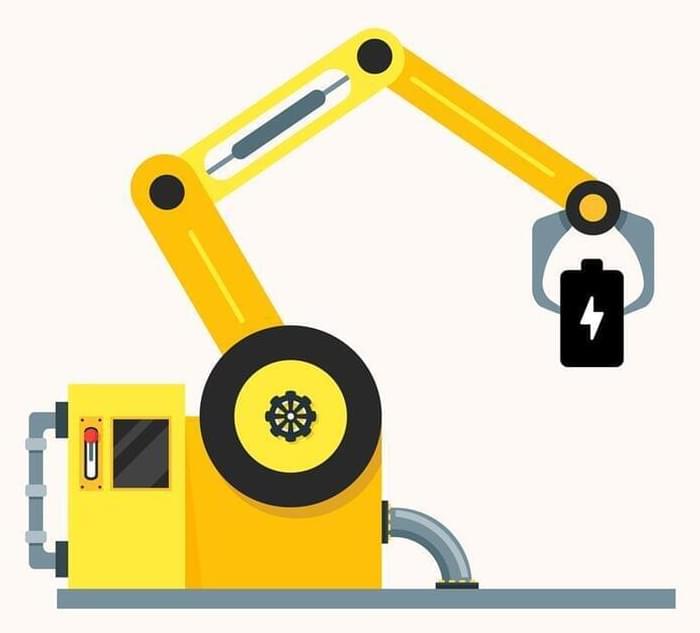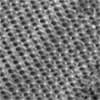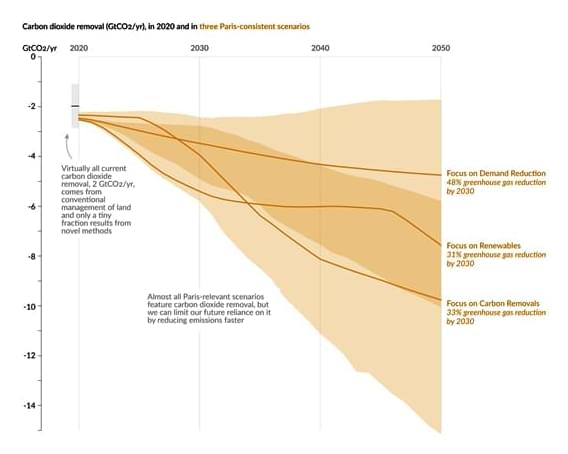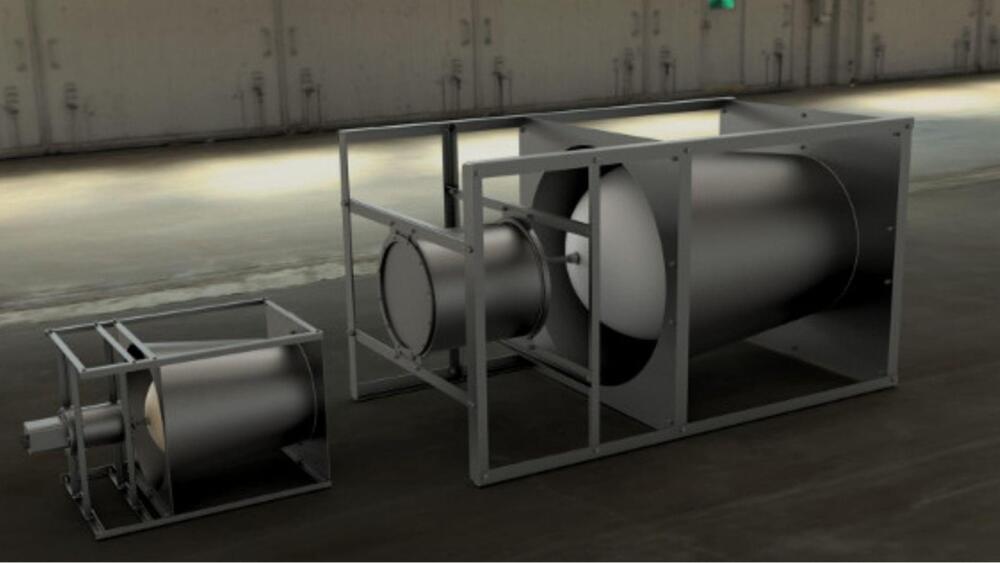Jan 25, 2023
Self-cooling tent runs using just water and sunshine
Posted by Genevieve Klien in categories: climatology, engineering, sustainability
For many avid outdoorspeople, summertime and camping go hand in hand. But as climate change continues to drive summer temperatures higher, outdoor recreation could become less relaxing—and cooling technologies like fans and portable air conditioners require electricity that is seldom available at the average campsite.
Seeing an unmet need, UConn researcher Al Kasani, working with Technology Commercialization Services (TCS) and the university’s Center for Clean Energy Engineering (C2E2), has developed a new off-grid technology that allows a tent’s internal temperature to cool up to 20°F below the ambient temperature.
The tent requires just one external element to function, one that is typically found in abundance around campsites: water. A single gallon of water can power the tent’s cooling technology for up to 24 hours.


















